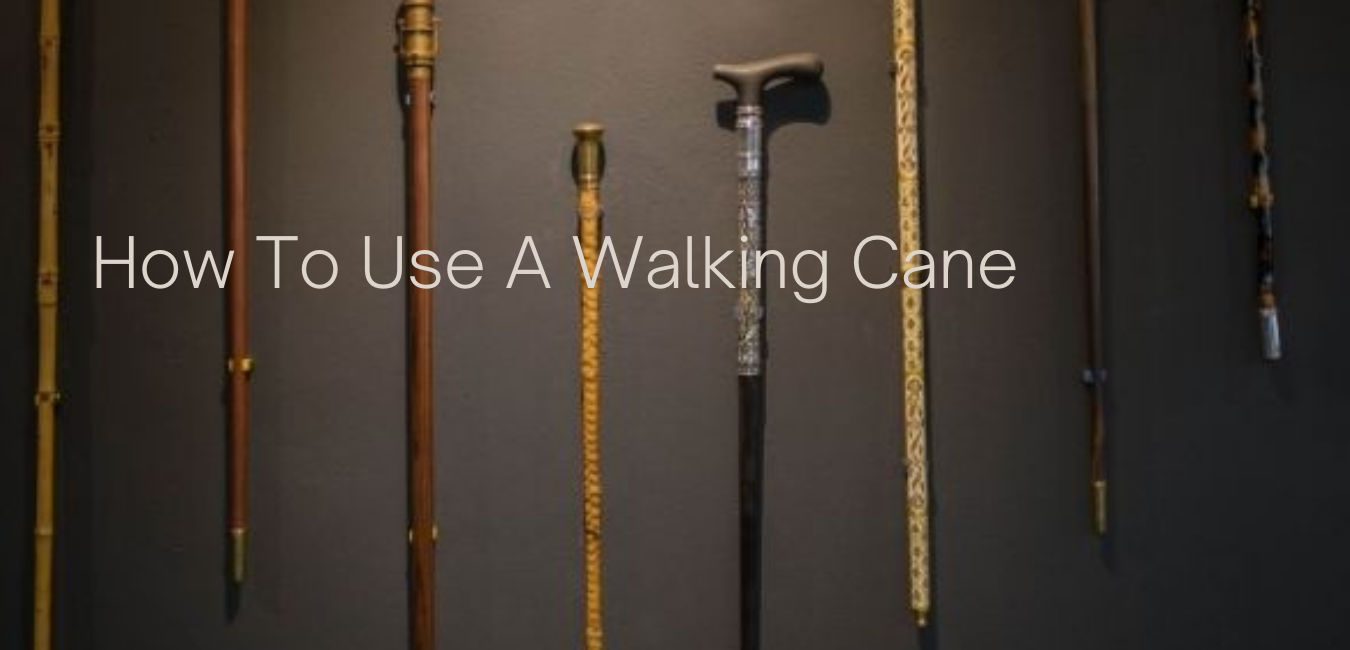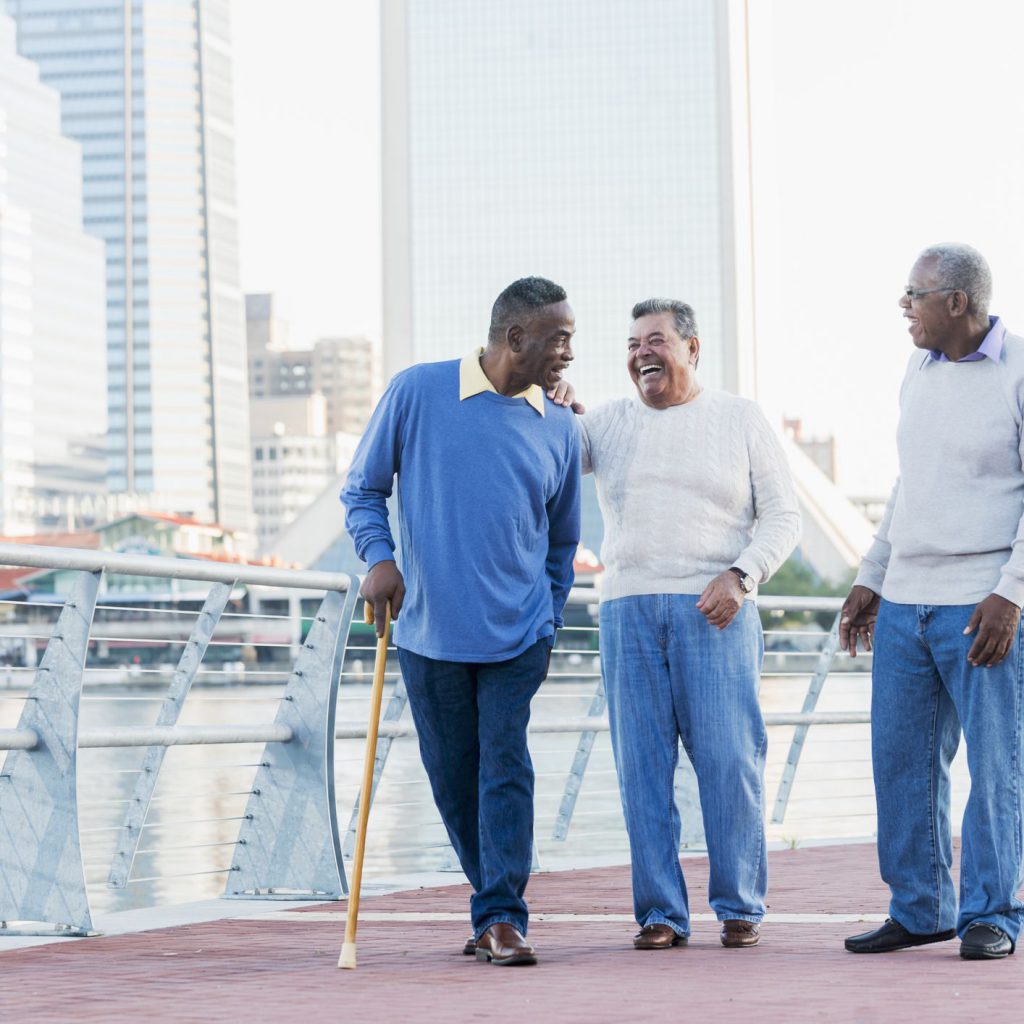How To Use A Walking Cane

Is it your first time using a walking cane? Now you have come to terms with knee/hip surgery, balance struggle, ageing or arthritis discomfort, you must have required a walking cane. Initially, you should initiate your research on comfy handle, foldable and height adjustment capability, and material type of the cane. Plus, you shouldn’t miss various accessories (ice tip, wrist strap, ferrule tip), which tags along with a walking cane, when you purchase it. Let’s know how to use a walking cane.
If it’s a wooden walking cane, measure twice and shed down to the precise length, which suits your height. You mustn’t go for a cane that’s either too lengthy or short as you stand erect. First of all, wear your regular shoes, stand straight, keep the tip of the cane on the ground. Consequently, the handle of a cane must reach the crease of your wrist; if it surpasses or falls below the wrist bone, you have chosen the wrong one.
If you have gone for the right one, be prepared to follow specific protocols to use a cane. Otherwise, you might strain your injured limb, wrist joints, and upper back. How to use a walking cane while you have a casual walk and move up or down the stairs? At the same time, you should follow a particular rule when you attempt to sit down holding a cane.
At the start
Ask your healthcare provider or family member to support you till you gain confidence to walk again after limb injury, arthritis condition, neurological impairment, and diminished mobility. Don’t hesitate to ask for assistance when you find it difficult to manage queasy balance and gait problems. Grip the cane opposite to your injured part. For example, if your left leg needs support, you should hold a cane at your right side. Then, lift your injured leg along with a cane and complete the step with a non-injured leg. You’ll get used to it at your convenience.

How to use a walking cane up and down the stairs.
Most people fear to mount up and down the stairs when one of their sides lean on a walking cane. Also, they get confused about whether they should take a stride with an unaffected leg or affected limb. Remember to keep your hand aside from the rails of stairs for support. Raise your non-injured leg first, next finish your stride with the affected limb and cane simultaneously.

Then, how do you walk down the stairs?
Move a walking cane towards the lower step, followed by your injured leg. Then, finish the step with an unaffected leg while moving down the stairs—no need to be afraid when there’s a rule to remember.
Use a walking cane while sitting down in a chair.
Come across a chair such that the back of your limb is in close contact with the edges of a chair. Next, hold an armrest with one hand, while your other hand shouldn’t leave a walking cane. Choose a chair that has an armrest for surplus support rather than a chair without an armrest.
How to use a quad cane?
It offers four pivoted bases for a patient with a neurological disorder and impaired mobility. In case it is a complicated and challenging walking cane. However, it provide excellent traction at any surface. If you ought to use it on the stair, you should turn a quad cane to the side such that it fits like a glove into the stair. Similarly, if you like to rest in the chair, hold onto the quad cane with one hand, whereas the other hand cling to the armrest of a chair. A quad cane diminishes the chances of falls, trips, and accidents.
How to use a walking cane after knee and hip surgery?
After knee or hip surgery, a health care provider often asks patients to gel up with rehabilitation instead of staying bedridden. They would also need a walking cane during rehabilitation and physical therapy exercises, which strengthen their limb, upper back, lower body and muscle core. Hence, a health care provider will help you get out of bed, take a couple of strides for the bathroom and ease your daily routine. Otherwise, a bedridden patient is prone to health complications like contractures, constipation, pneumonia, depression and pressure sores.

Don’t forget to wear non-slippery shoes and avoid slippery surfaces such as waxed surfaces, snow travel, and uneven areas.